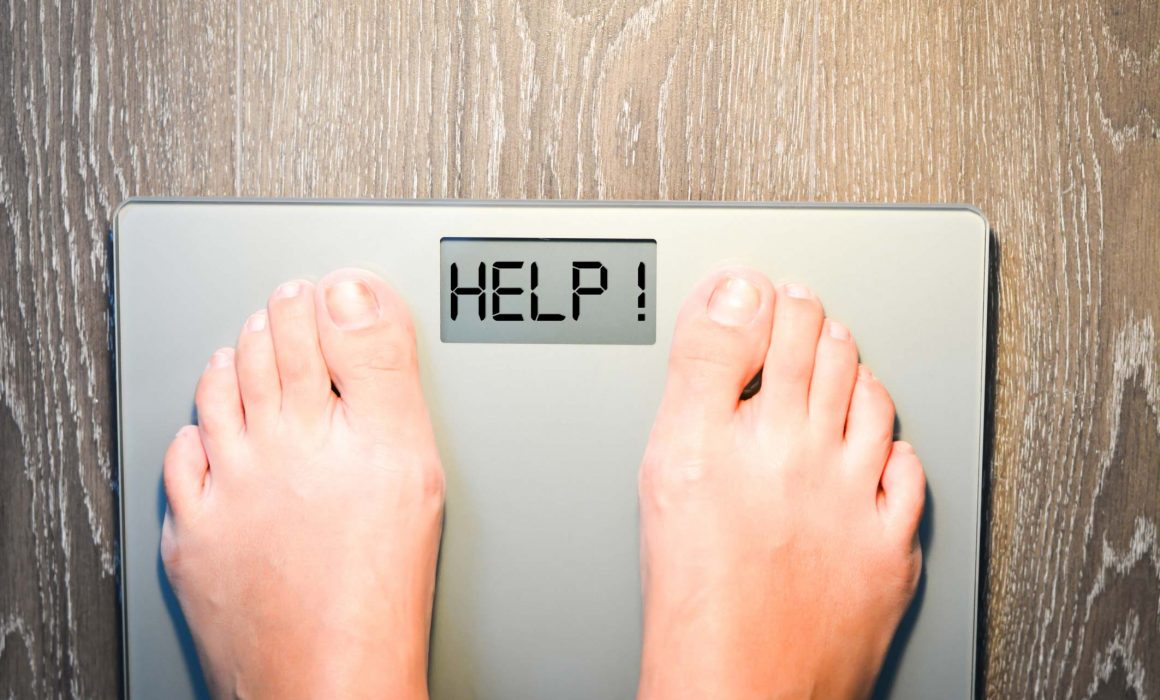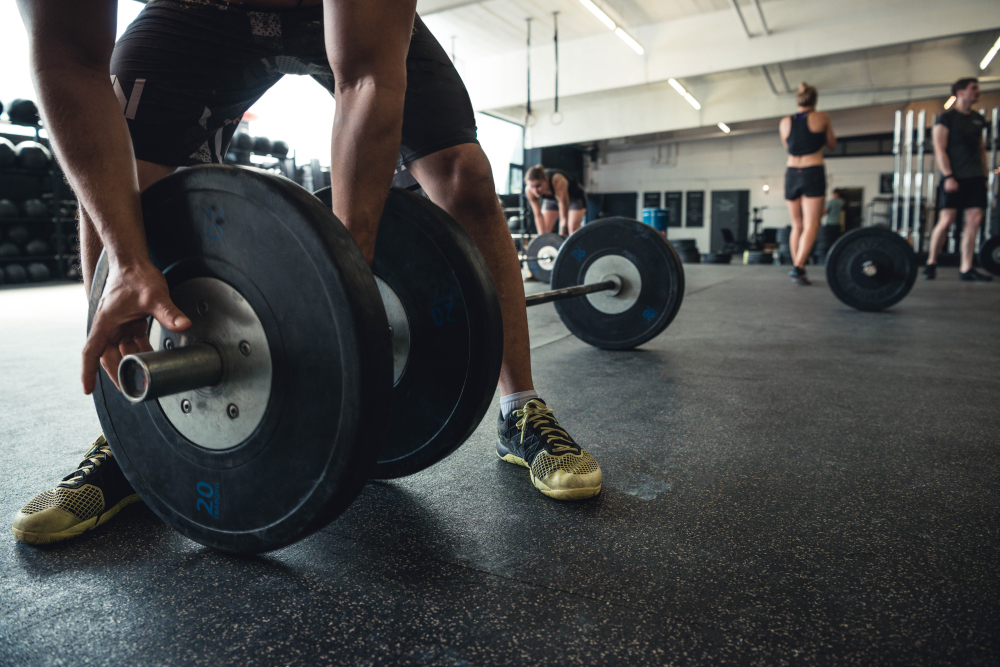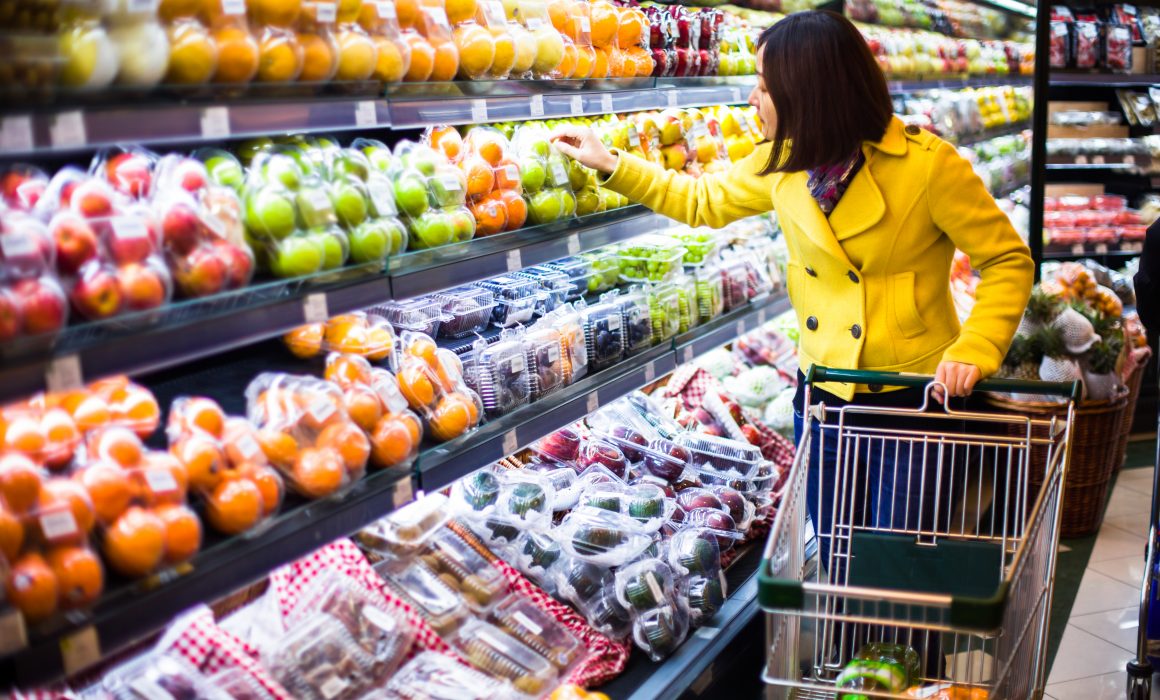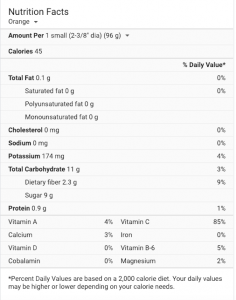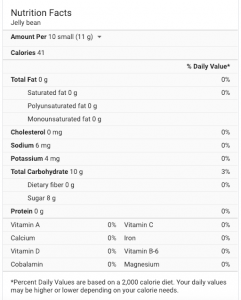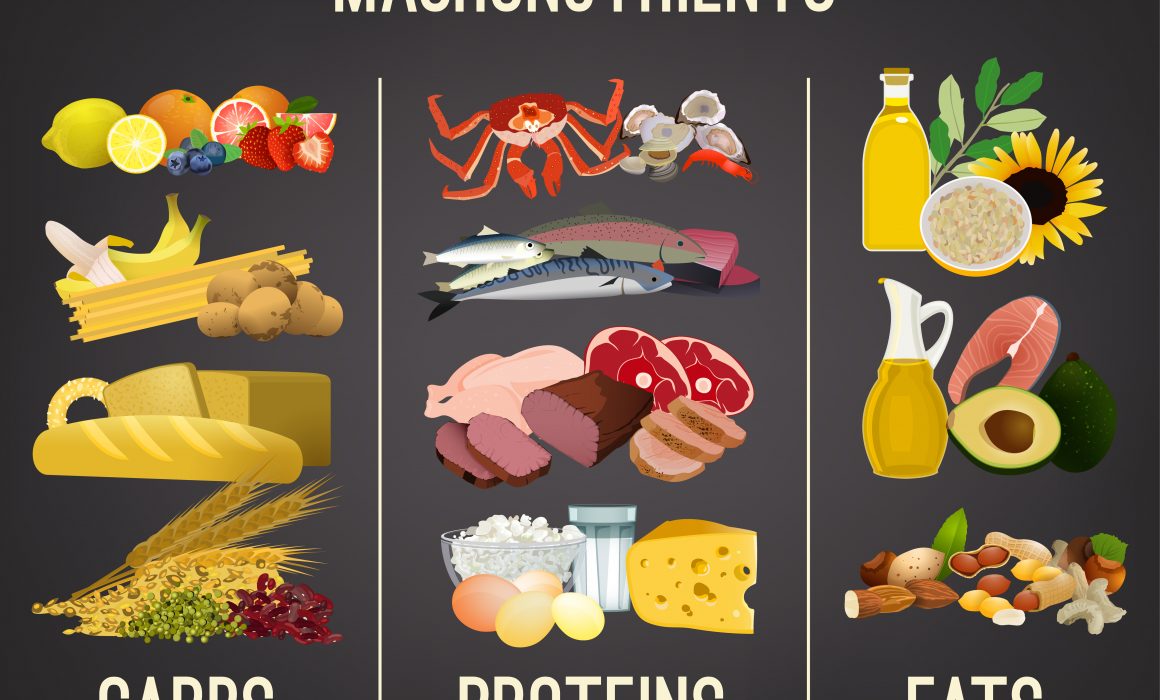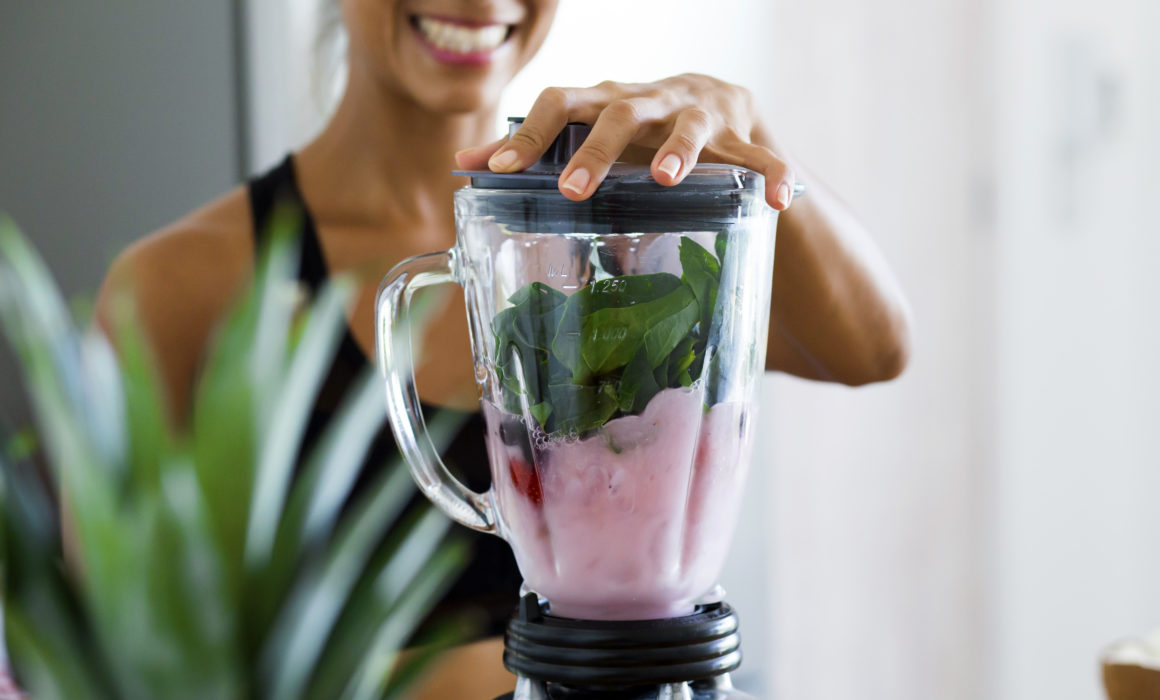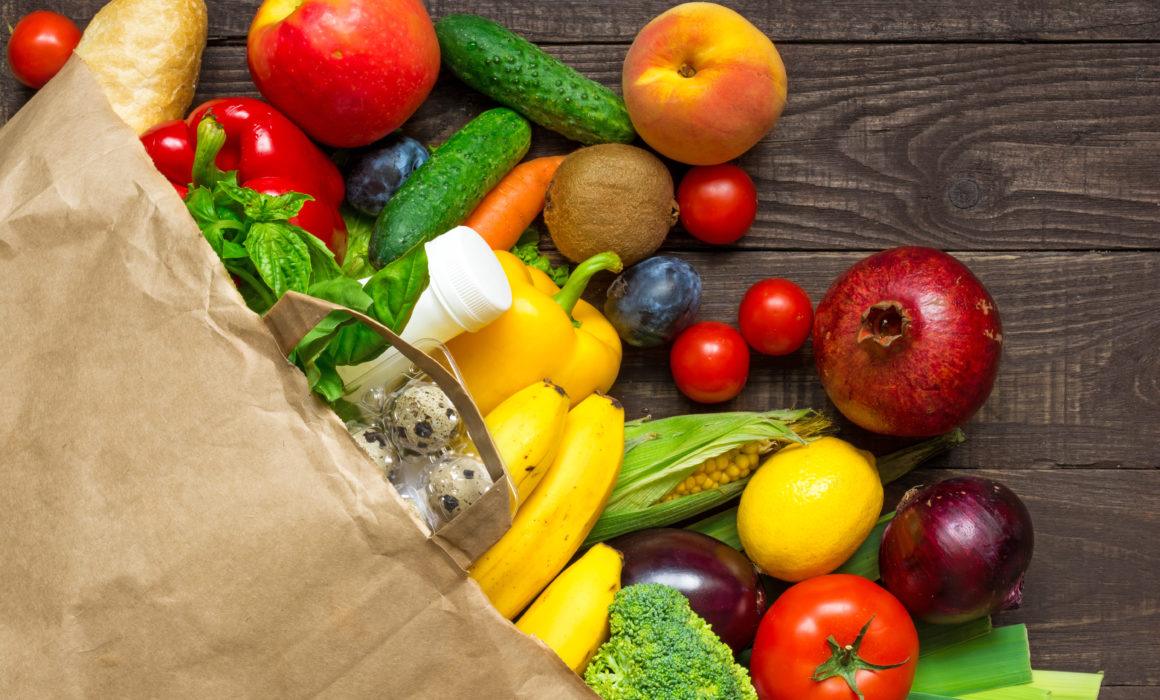3 Ways to Get the Scale Moving
Do you want the scale to move – and MOVE NOW!? Here’s 3 ways to get the scale moving in the right direction, RIGHT NOW!
- Start with Nutrition. Most people think that working out is what they need to do right away to get the scale moving. And yet, truthfully, food is where you can see the most results. 80% diet and 20% working out is a great rule to follow. You can’t out-train a poor diet – it’s impossible! So starting in the kitchen is a huge key to your overall success and getting the scale moving in the right direction (no matter what direction that may be). I also highly recommend tracking your food. What get’s measured get’s improved – right? I’m unsure of who said this, but – they are right! Even if you don’t want to use a tracking app, simply writing down what you eat in a day can be a very eye opening experience. But, overall – food is key in overall health and fitness goals. This is a foundation when it comes to getting results.
- Comprehensive Programming. Now, let’s get to the working out part. There is a strategic and science-based way to optimally train when it comes to working out. It’s not one size fits all. Find something that first, interests you and keeps you interested and also, that works for you! If you need help in this area – we have your back! We offer custom comprehensive programming. If you are interested in this – please reach out to us and we’d be happy to help in any way that we can!
- Find a Plan that’s for YOU. Again, it’s not one size fits all. The best plan for you is the one that you will stick with – for a LIFETIME. We truly believe in making health and wellness a lifestyle because that is the only way you will get results and maintain those results. In addition, there are so many positive benefits to living a healthy lifestyle. This does not mean you need to restrict, restrict, restrict. That’s only going to cause you to binge and restrict again and get stuck in that cycle. Not to mention, you’ll be miserable every time your restricting! Nobody wants that. It’s finding what works best in your life.
If you are looking to get started on your healthy lifestyle, contact us! We’d be happy to help you find a nutrition plan and workout plan that works for you.

